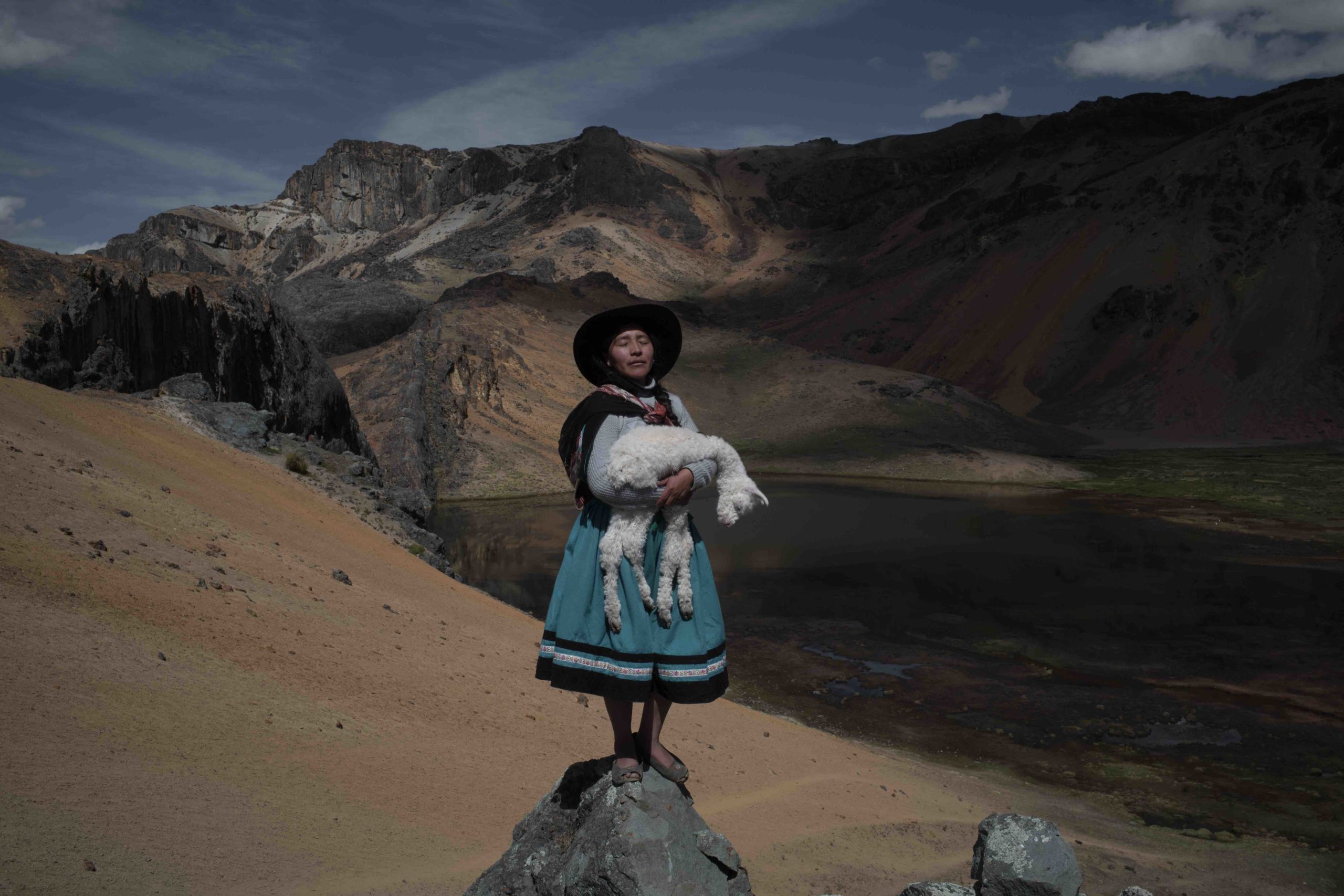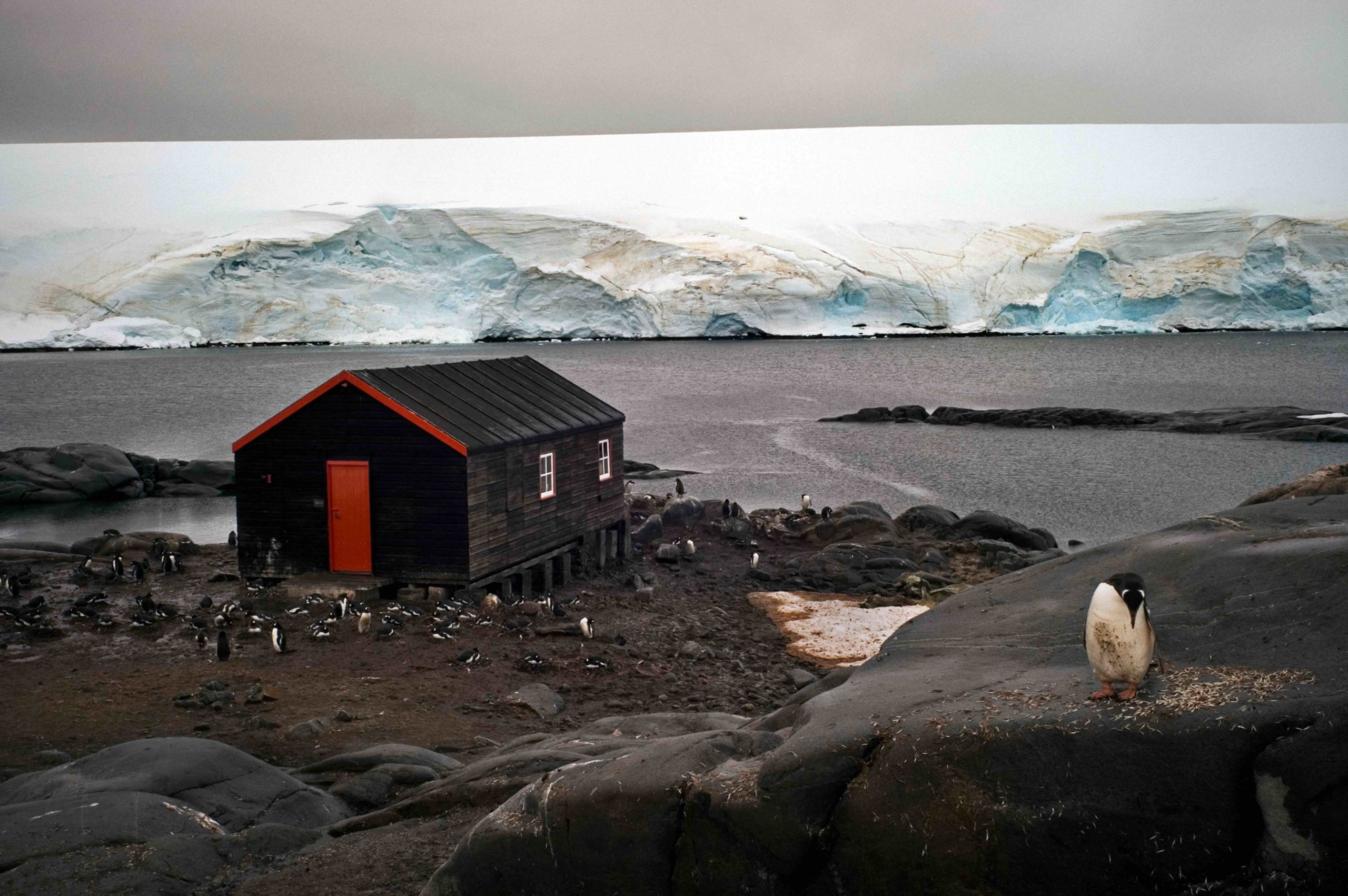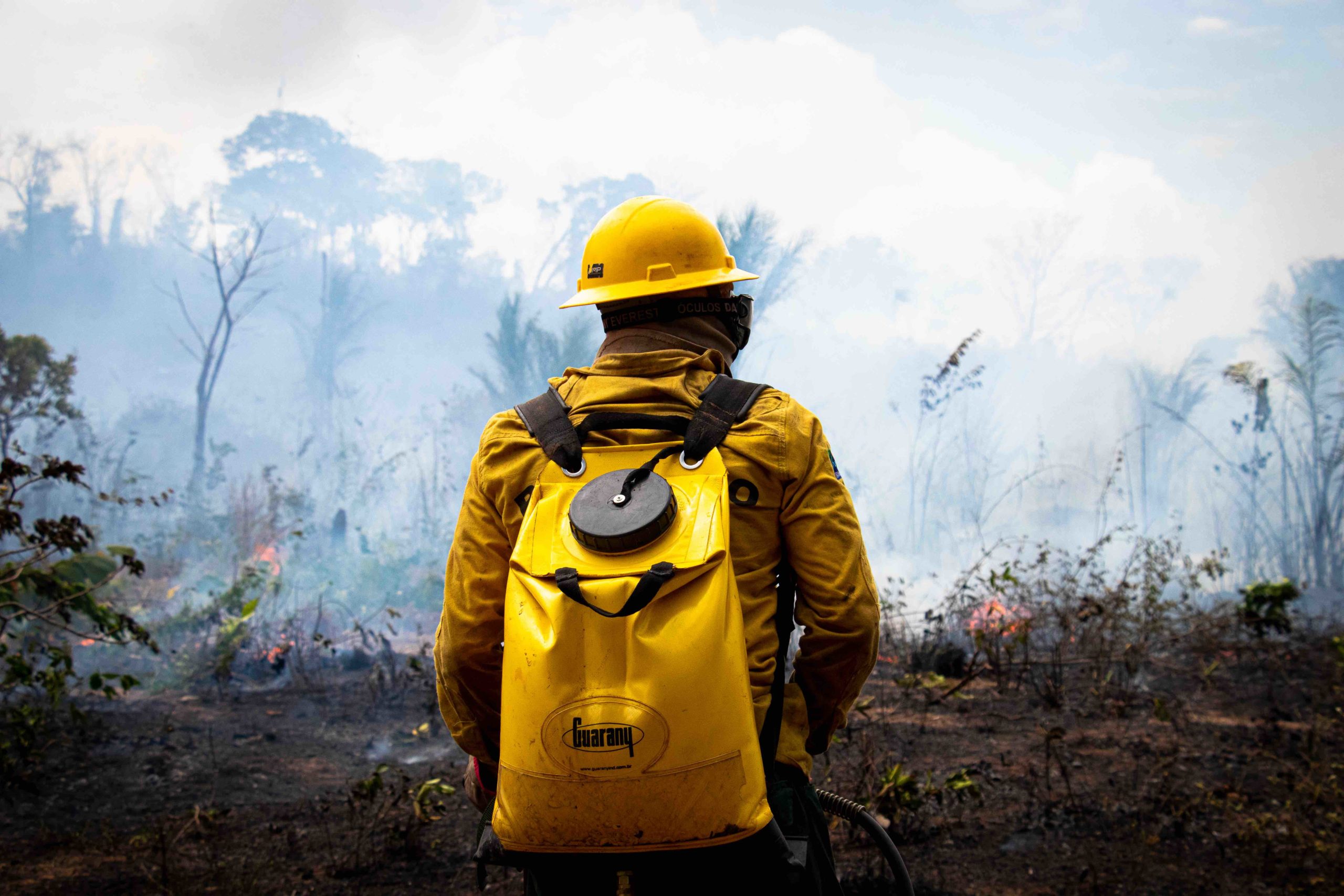




Mayowa Adebo, Elizabeth Swanson Andi, Taseer Beyg, Alessandro Cinque, Justin Cook, Eragbie Joshua, Edivan Dos Santos Guajajara, Patrick Kane, Sonam Choekyi Lama, Light Oriye, Camille Seaman, Piratá Waurá
Solastalgia documents the relationship between people and their environments, focusing on the distress caused by a changing climate. It reveals the threats to our planet that affect us all — from Indigenous communities in the Amazon and alpaca farmers in Peru, to the Arctic and the United States.
Alessandro Cinque’s Alpaqueros visualizes the impact of climate change on Peruvian alpaca farmers who have become climate migrants. Changes in precipitation have wreaked havoc on their way of life and on the mortality rate of their livestock.
Camille Seaman, a member of the Shinnecock tribe, has been documenting the impacts of climate change in the Arctic for decades. She strongly believes in capturing photographs which articulate that humans are not separate from nature.
Justin Cook’s project Tide and Time documents the accelerating effects of climate change and erosion on North Carolina’s Outer Banks barrier islands through photographs and intimate personal narratives. It tells the stories of families connected to a tiny historic cemetery slowly washing into the Pamlico Sound, revealing the psychological impacts of climate change as it creeps into the lives of ordinary people.
Themes of identity and experiences of climate change come together with a gallery of work from Indigenous photographers around the world, as part of a joint initiative from the Pulitzer Center and Indigenous Photograph. Their work is on display in both Hudson Yards and Brooklyn Bridge Park.
Artist Bios
-
Alessandro Cinque
Alessandro Cinque is a photojournalist currently based in Lima, Peru. His work delves into mining’s devastating impact on Indigenous communities and their lands. Cinque has especially been documenting environmental contamination and public health concerns among rural communities living along Peru’s mining corridor. His attention to social and environmental issues affecting minorities has often driven his work.
In 2019, while studying at the International Center of Photography in New York, he portrayed Williamsburg’s Italo-American community and traveled to Arizona to photograph the abandoned uranium mines in Navajo territories. Cinque is a Leica Ambassador. His photos were published in the New York Times, the NYT Lens Blog, Marie Claire, Libèration, LFI, Internazionale, and L’Espresso. In December 2019, he moved to Lima to become more acquainted with Peru’s culture and society. He began contributing to Reuters’ coverage of Latin America while expanding his project on the impact of Peru’s mining industry on Quechua populations
-
Camille Seaman
Photographer Camille Seaman believes in capturing images that articulate how humans are not separate from nature. Born to a Native American father and African American mother, Seaman’s sense of connection with nature stems from the influence of her Shinnecock Indian grandfather on Long Island, New York. She graduated from the State University of New York at Purchase where she studied photography with Jan Groover and John Cohen. She has spent the last two decades documenting the rapidly changing landscapes of Earth’s polar regions — from South Georgia, the Falkland Islands, and below the Antarctic Circle, to Greenland, Canada, and beyond. Her photographs have been published in National Geographic. Her work has also appeared in Outside, TIME, the New York Times Magazine, American Photo, and German GEO, among other outlets. Seaman has been a TED Senior Fellow since 2013, and was also named a Stanford Knight Fellow and a Cinereach Filmmaker in Residence Fellow. She leads photographic workshops all over the globe, and enjoys inspiring others to develop a unique visual voice.
-
Justin Cook
Justin Cook is based in Durham, North Carolina, but works everywhere. His long-term photographic essays tell stories about resiliency in communities living along the edges in America, often by focusing on environmental issues and climate change. He believes storytelling that not only shines a light on these issues, but also investigates solutions, is crucial to social change.
Cook is a 2006 graduate of the University of North Carolina at Chapel Hill School of Journalism and Mass Communication. His work has been funded by the Pulitzer Center on Crisis Reporting Connected Coastlines Initiative, the North Carolina Arts Council, the Puffin Foundation, and honored by the Magenta Foundation, Photolucida, POYi, the Society of Professional Journalists, and American Photography. When he is not making photographs, you can find him reading about astrophysics, hunting for fossilized shark teeth, and writing in the first person.
Organizations
-

Pulitzer Center
Pulitzer Center’s mission is to champion the power of stories to make complex issues relevant and inspire action. Founded in 2006, the Center is an essential source of support for enterprise reporting in the United States and globally. We believe that people and communities who actively engage with systemic challenges will find solutions together. By combining breakthrough journalism with strong audience engagement in communities and classrooms, we extend the impact of journalism, cultivate public awareness, and build community empowerment. The journalism we support covers the world’s biggest challenges today, from the environment and global health to human rights and artificial intelligence.
Solastalgia
Featuring: Various Artists
Curated by: Daniel Vasta Katherine Jossi Sarah Swan
Locations
View Location Details Download a detailed map of this location Brooklyn Bridge Park – Emily Warren Roebling Plaza1 Water St
Brooklyn, NY 11201
This location is part of Brooklyn Bridge Park
Explore other locations and exhibitions nearby
Rainforest Investigations Network
Environment and Climate Change
The Pulitzer Center 2022 Conference



